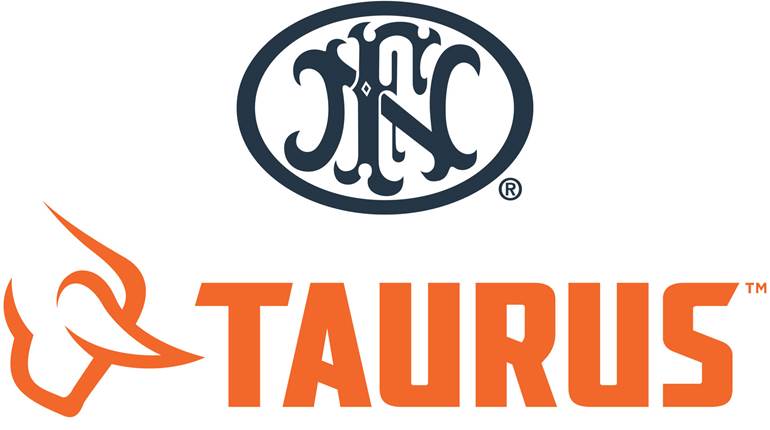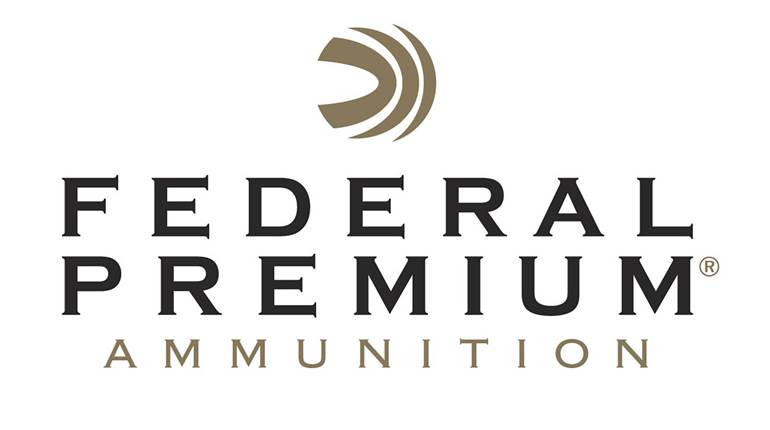
There’s no shortage of westerns with a derringer pulled from a card-playing desperado’s boot. The scene is almost iconic, featuring guns designed to imitate the looks of the classic double-barreled, but diminutive, Remington Model 95. As a backup or primary carry gun the approach is ideal, but the original carries a large inventory of safety concerns. Bond Arms elegantly addressed each of them in a clever, over-under derringer design that adds versatility without sacrificing fight-stopping performance.
Greg Bond—former tool-and-die maker and engineer at Texas Instruments—became interested in simple single-action handguns after working with another firearm manufacturer. His knowledge of modern manufacturing, materials and systems, however, made it obvious the original derringer design was more of a single-use option, almost more dangerous to the person behind the trigger than the assailant.
His first improvement on the single-action design was to use stainless steel construction for adequate use of today’s high-pressure cartridges. He deemed the zinc and somewhat questionable alloys employed in other versions as subpar for the gun that was to bare his namesake. A trigger guard was added as well for additional safety—the gun's purpose was to be pulled fast and, whether coming out of a boot or pocket, it’s likely to encounter obstacles.
Bond didn’t stop there. “Each time the gun is fired, the hammer rebounds and locks in a half-cock position away from the frame,” B. Gil Horman explains in his review of the company’s derringer design for American Rifleman. “This means the hammer never rests against the firing pins. A push-button, cross-bolt safety, commonly found on rifle and shotgun triggers, can block the hammer from striking the firing pins even if the pistol is fully cocked and the trigger is pressed. The third safety to note is, simply stated, a hook on the trigger that locks the barrel release lever into the closed position as the pistol is fired. This prevents the barrel release lever, if accidentally bumped by the shooter’s thumb as the pistol recoils, from popping the barrels open as the pistol fires. This is a patented safety feature not available on other Remington 95-based handguns.”
Then came a modern touch—interchangeable barrels. The user-friendly swap takes seconds and allows owners to even alter caliber quickly and efficiently. Despite the versatile design, sales were lethargic at first. The gun company he worked eight months for even filed a lawsuit that was ultimately dismissed as frivolous. Defending his design took a serious toll on cash flow, but he secured a financial partner and established Bond Arms in Granbury, TX—where it remains to this day—in early 1995.
The help of his brother, Gordon, was ultimately enlisted to boost sales. He brought with him a wealth of business knowledge and marketing savvy, elevating the company above what had been before a single salesperson calling on gun shops in an aging Toyota Corolla. It wasn’t long until competitors in the Single Action Shooting Society (SASS) noted the gun and began ordering. Today Bond Arms guns have claimed 19 SASS championships.
The company flourished and continued to introduce new models and barrels with regularity. In 2007 Gordon bought out Greg’s interest in the company and the sales have continued to increase. There are more versions and barrels in its catalog than ever before.
Despite the success, Bond Arms has never lost sight of its local community. It’s always been active, but most recently, in April 2020, it provided masks for local first responders as the pandemic put them in short supply. Last year it introduced Double Brew Coffee—in partnership with San Antonio’s Texas Grounds Coffee Company—with 100 percent of the profits going to community organizations dedicated to helping disaster victims.
Today Bond Arms is the nation’s largest manufacturer of double-barreled handguns. It also manufactures the semi-automatic Bond Arms Bullpup pistol chambered in 9 mm.





































